How can I work on existing microblading or permanent makeup?
When a new client approaches, many don't have fresh un-tattooed skin, you may need to consider taking on another technicians’ work, offering top-ups, colour corrections and removal. You’ll need to know a bit about colour theory when carrying out top-ups and corrections, but there’s a time when adding more pigment just won’t work and you’ll need to offer removal instead.
Thinking visually, when working on existing pigment, there’s already one colour in the skin, so you need to add another colour to make the target colour. This takes practice, but if your basic colour theory is good, and both you and your client can be patient, taking on this kind of work is very rewarding. If colour theory wasn’t covered much during your training, it’s worth researching the companies and pigment brands who offer workshops
When might removal be needed? The pigment may be too dark or grey, in an unwanted shape, or simply that the skin has become saturated with years of top-ups. Old and faded pigment looks a different or lighter colour, giving the illusion there’s less pigment in the skin, but pigment molecules remain forever, it’s only their colour that changes. When skin is full of pigment there’s no room for more, and this is the reason why microblading doesn’t heal well or last on top of old permanent makeup.
Tattoo removal is the only option here, lifting out as much of the old pigment as needed, then reworking with a new pair of brows. Some removal methods can be used with a hand tool or tattoo machine, making tattoo removal the perfect add-on treatment for microbladers and permanent makeup technicians
Training is required to offer this specialist treatment, and at Botched Ink® we lead the way with our highly regarded training courses - Botched Ink® Saline Tattoo Removal Training Courses
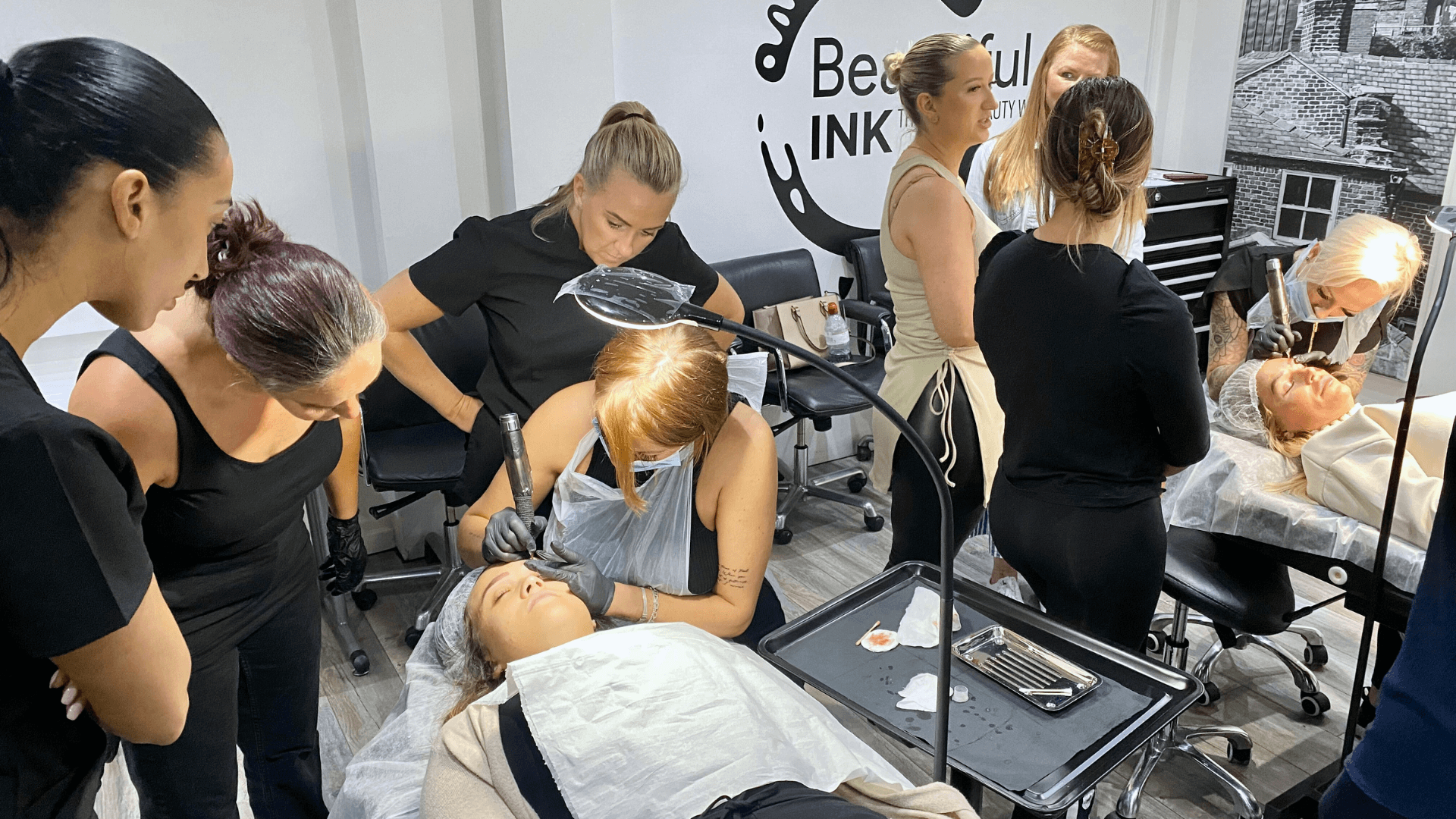



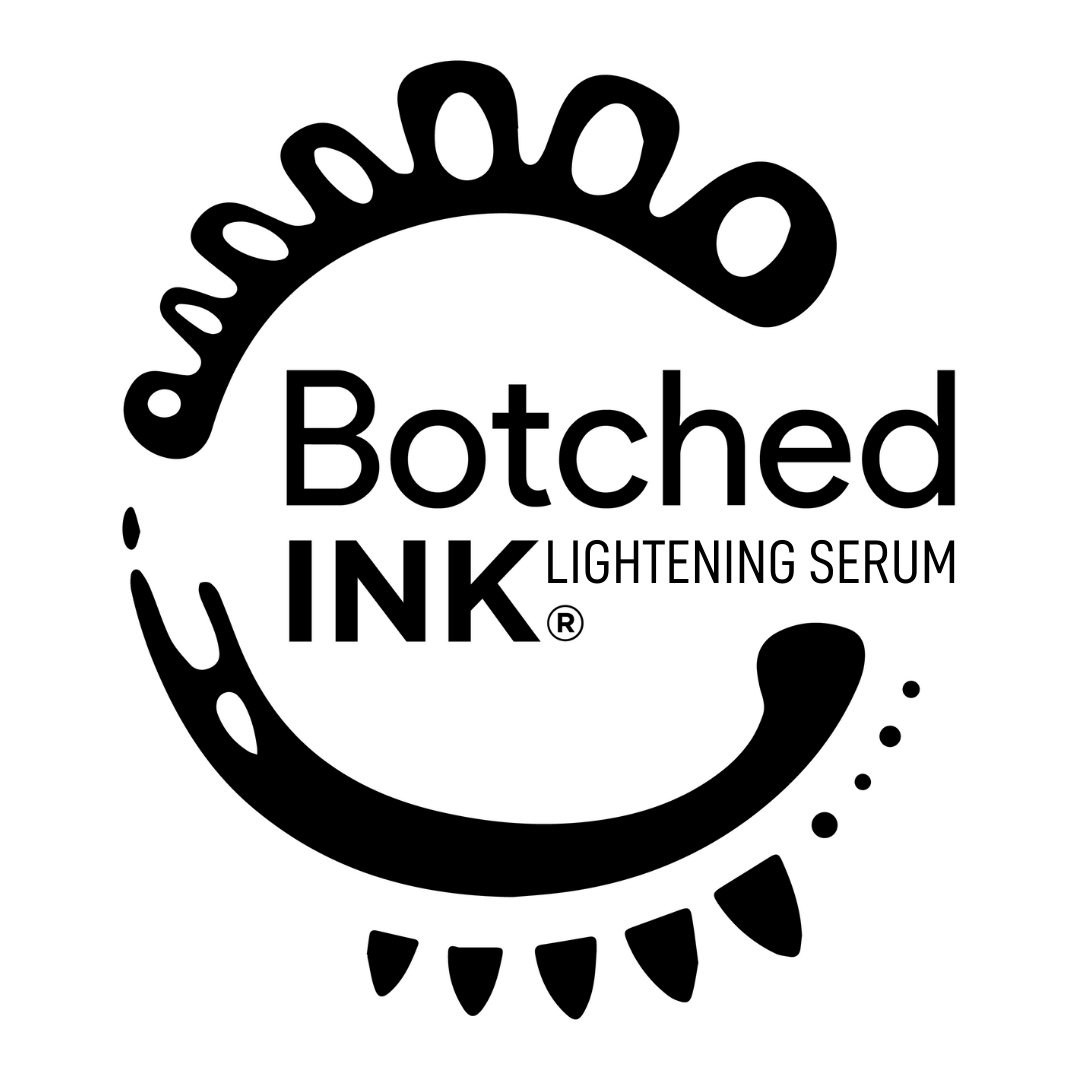
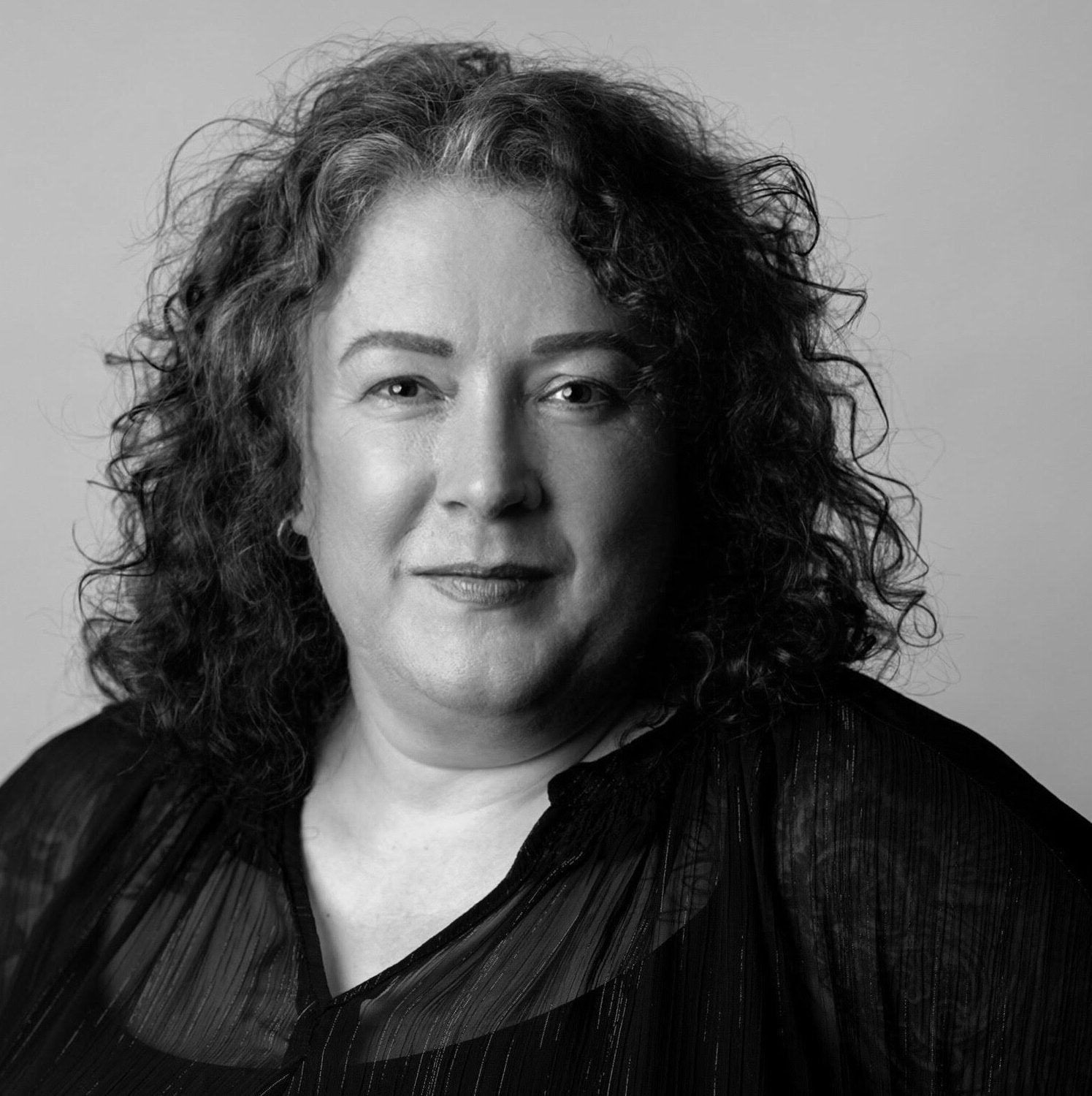
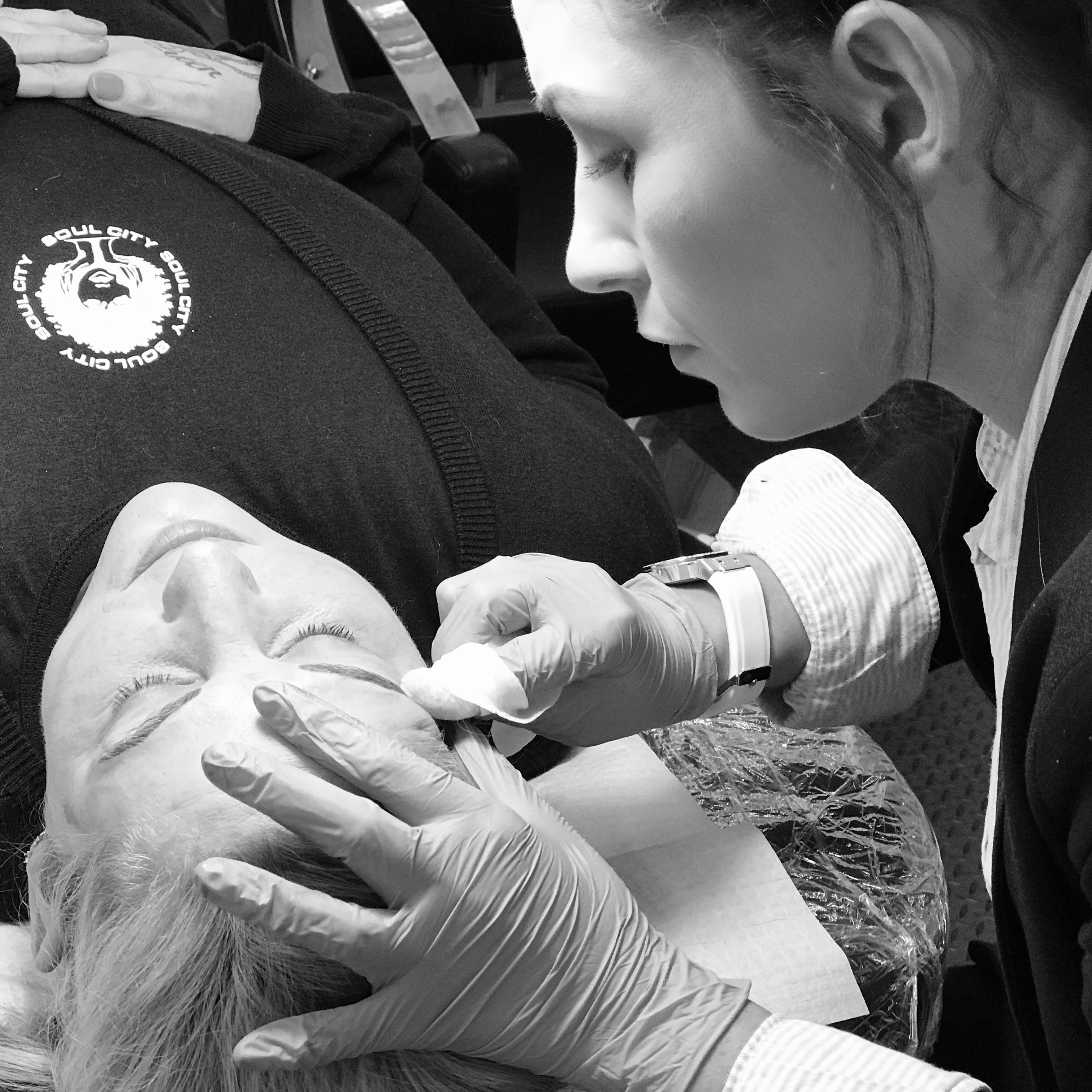
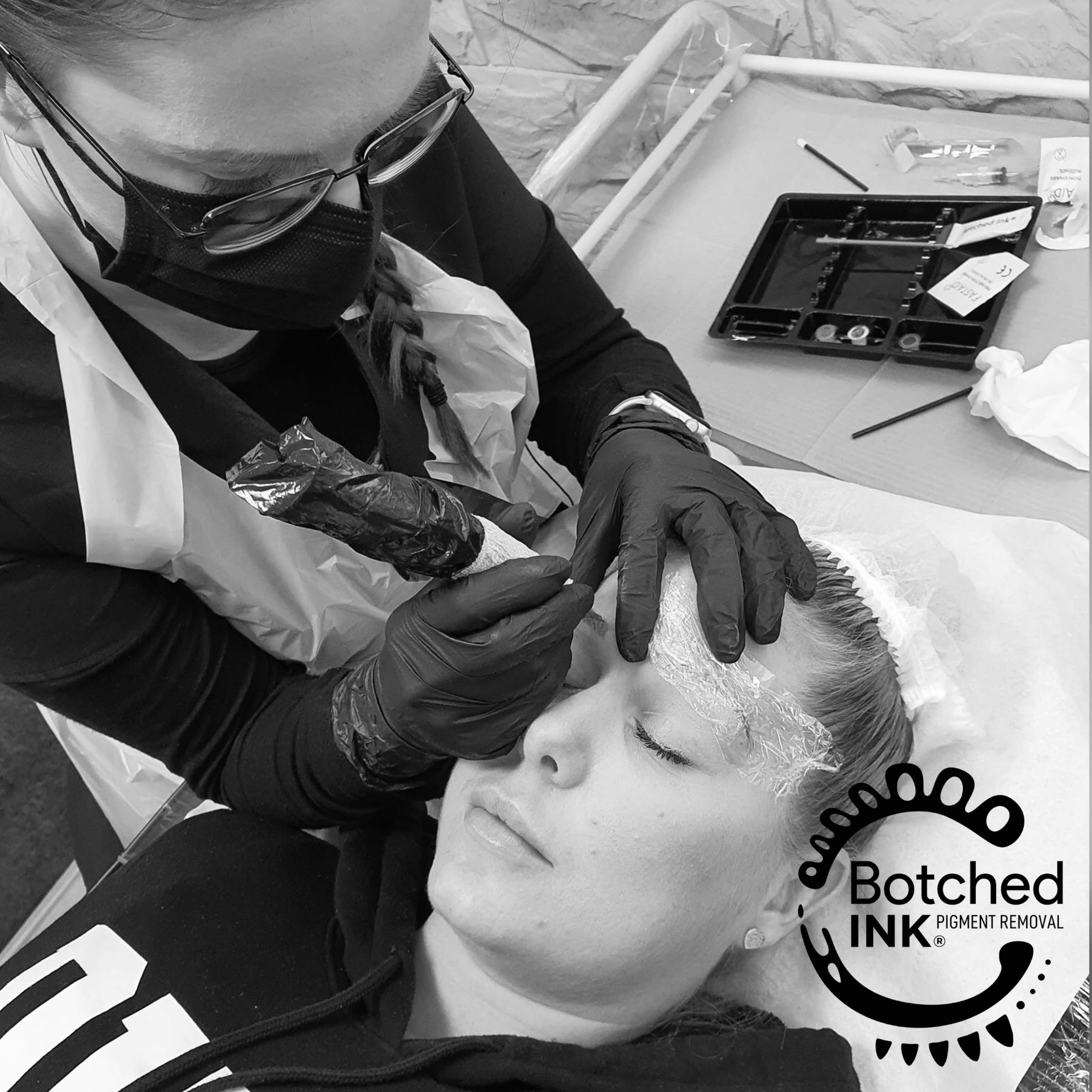
Leave a comment